How's The Acid Silicone Sealant Manufacturing Process | JCT Machinery
 Nov 16,2023
Nov 16,2023

 JCT
JCT
Acid silicone sealant is a synthetic resin-based silicone sealant with acidic properties. This sealant is easy to handle at room temperature, but when exposed to moisture in the air, an acidic catalyst kicks in, causing the sealant to begin to cure and harden.
The acid silicone sealant manufacturing process is somewhat similar to general silicone sealant production, with the key difference being the use of an acid curing system.
Acid Silicone Sealant Manufacturing Process
1. Raw material preparationo
Prepare the main raw materials for acid silicone sealant to ensure the quality and purity of the raw materials.
2. Mixing and preprocessing
The raw materials are accurately weighed according to the specific recipe and fed into the mixer. In the mixer, the raw materials are stirred and mixed to ensure even distribution.
3. Heating
Send the mixed raw materials into the reaction kettle. In the reactor, the raw materials are heated and reacted, usually at high temperatures, to promote the reaction of the silicone resin with the acid catalyst to form a silicone sealant.
4. Cooling and solidify
After the heating reaction is complete, cool the silicone sealant to room temperature. During this process, the sealant begins to cure but may take longer to fully cure, depending on the type and formulation of the product.
5. Filling and packaging
The cured acid silicone sealant is fed into the filling machine to fill pipes, pipe heads or packaging containers. During the process, ensure that the packaging of the sealant is sterile and sealed to prevent impurities and contamination.
6. Quality control
Strict quality control testing is performed, including physical property testing, color determination, viscosity testing, rheology testing, etc. to ensure products meet specifications.
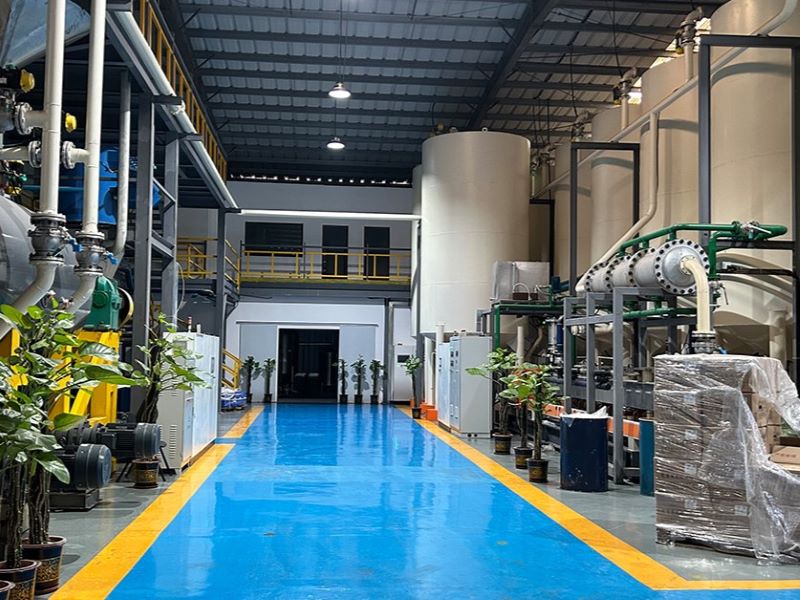


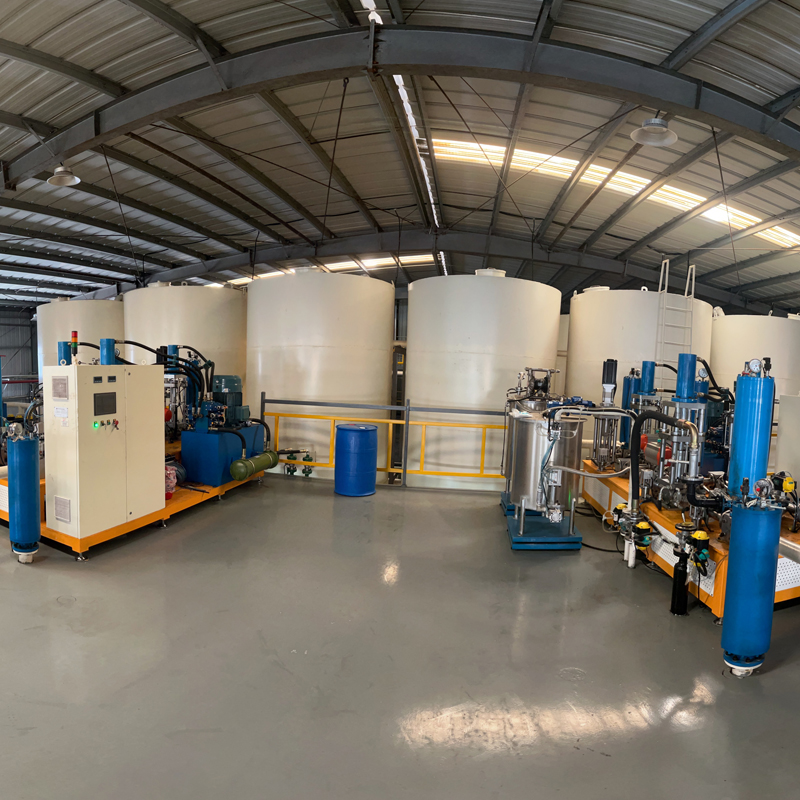
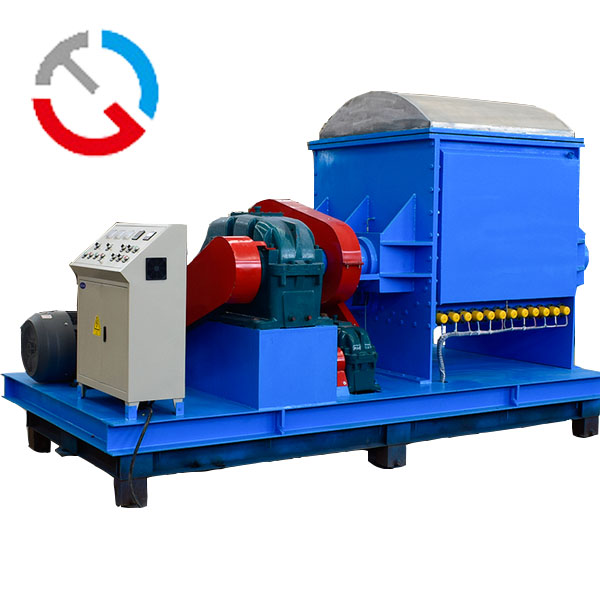
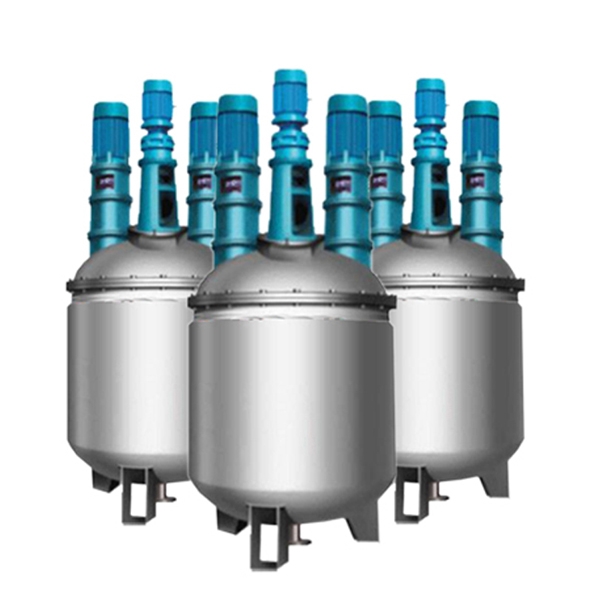
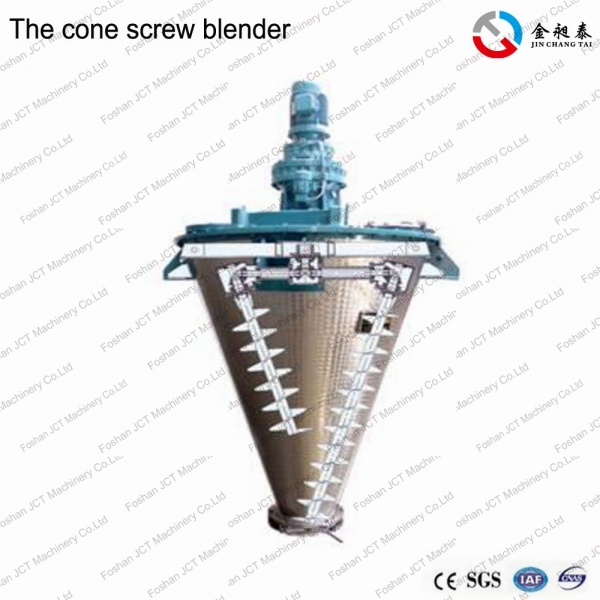


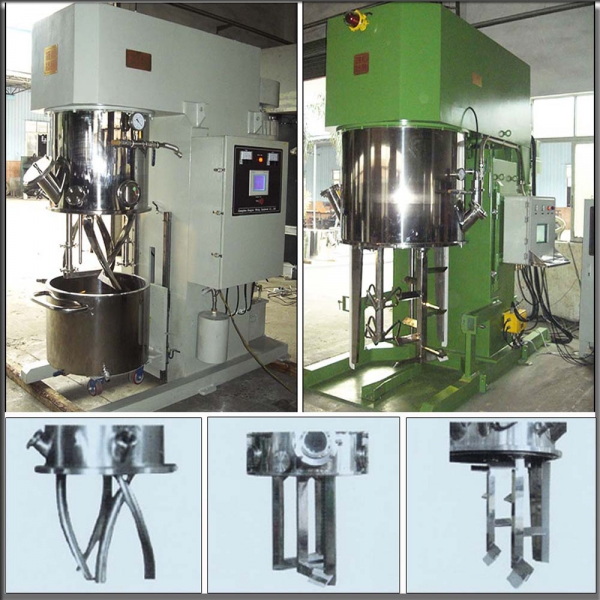







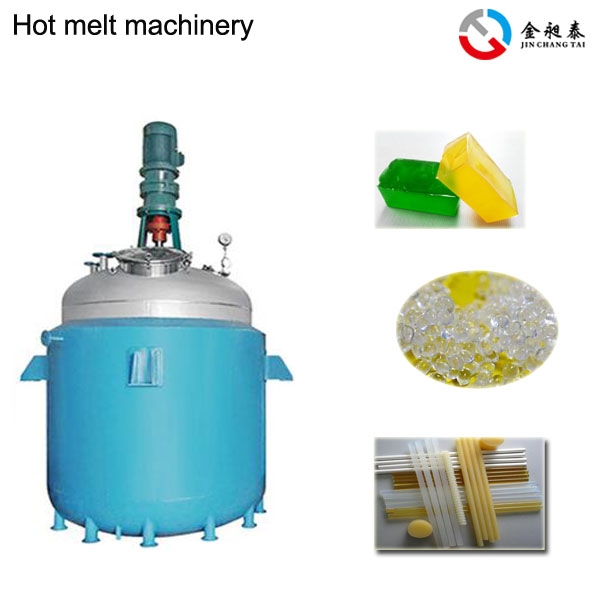
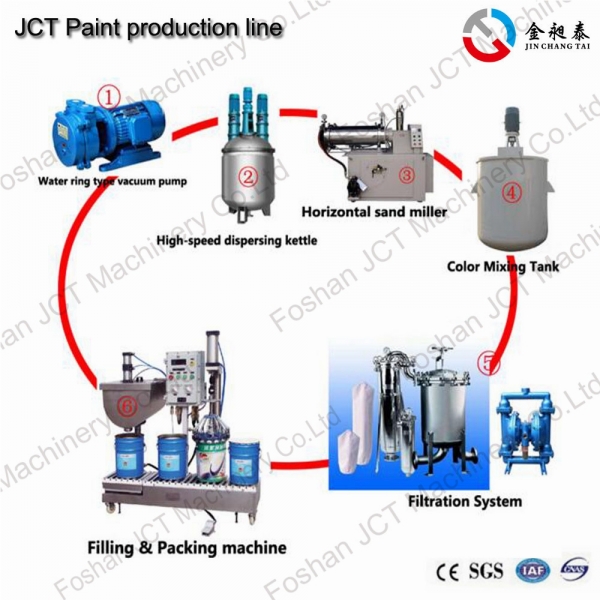
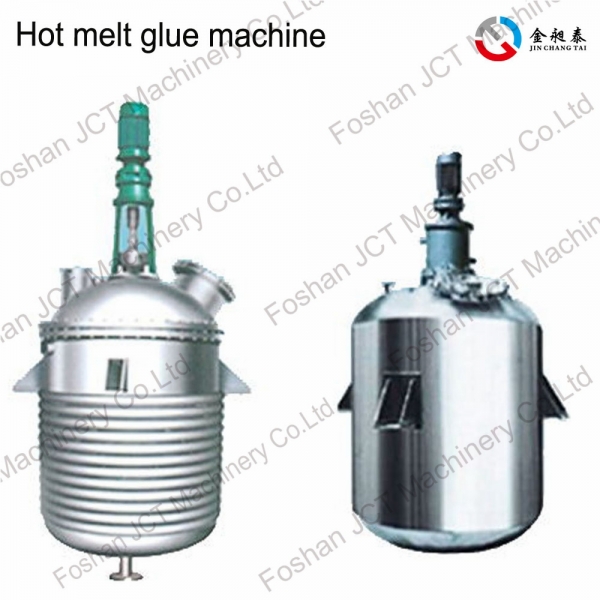
 CN
CN
 HOME
HOME Alkyd Resin Manufacturing Process | JCT Machinery
Alkyd Resin Manufacturing Process | JCT Machinery  You May Also Like
You May Also Like
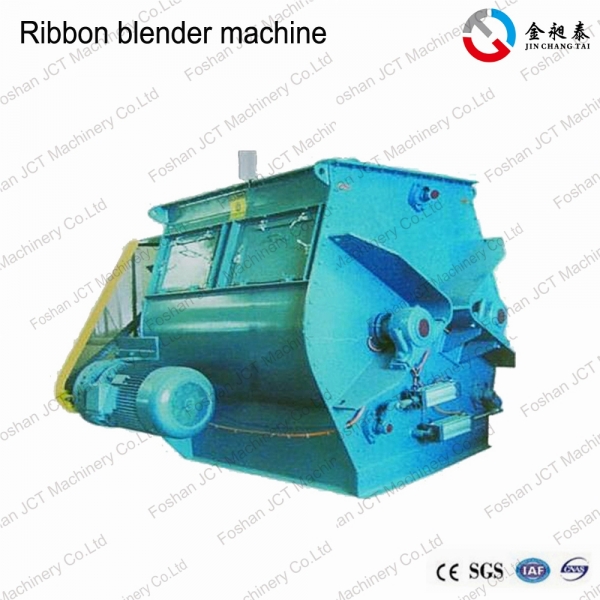

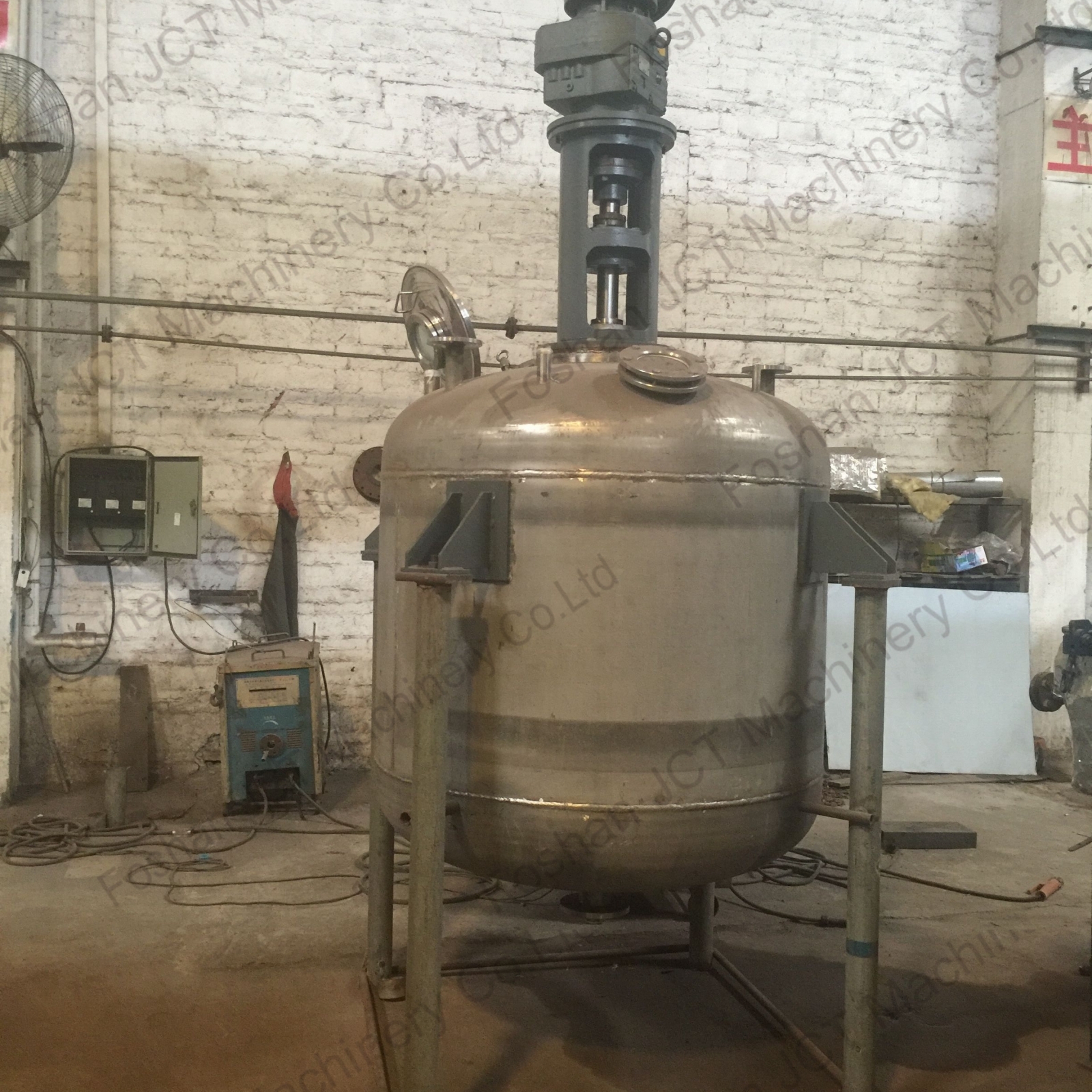
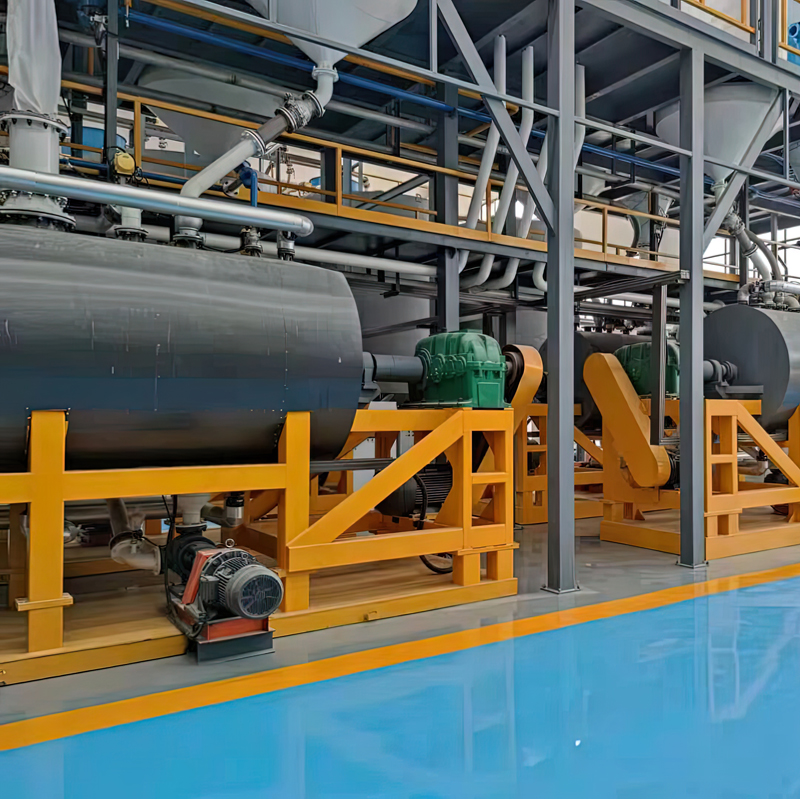
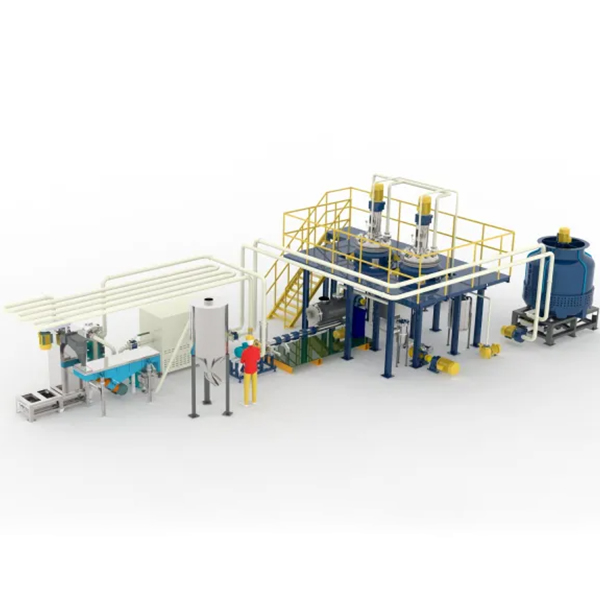

 Tel
Tel
 Email
Email
 Address
Address










